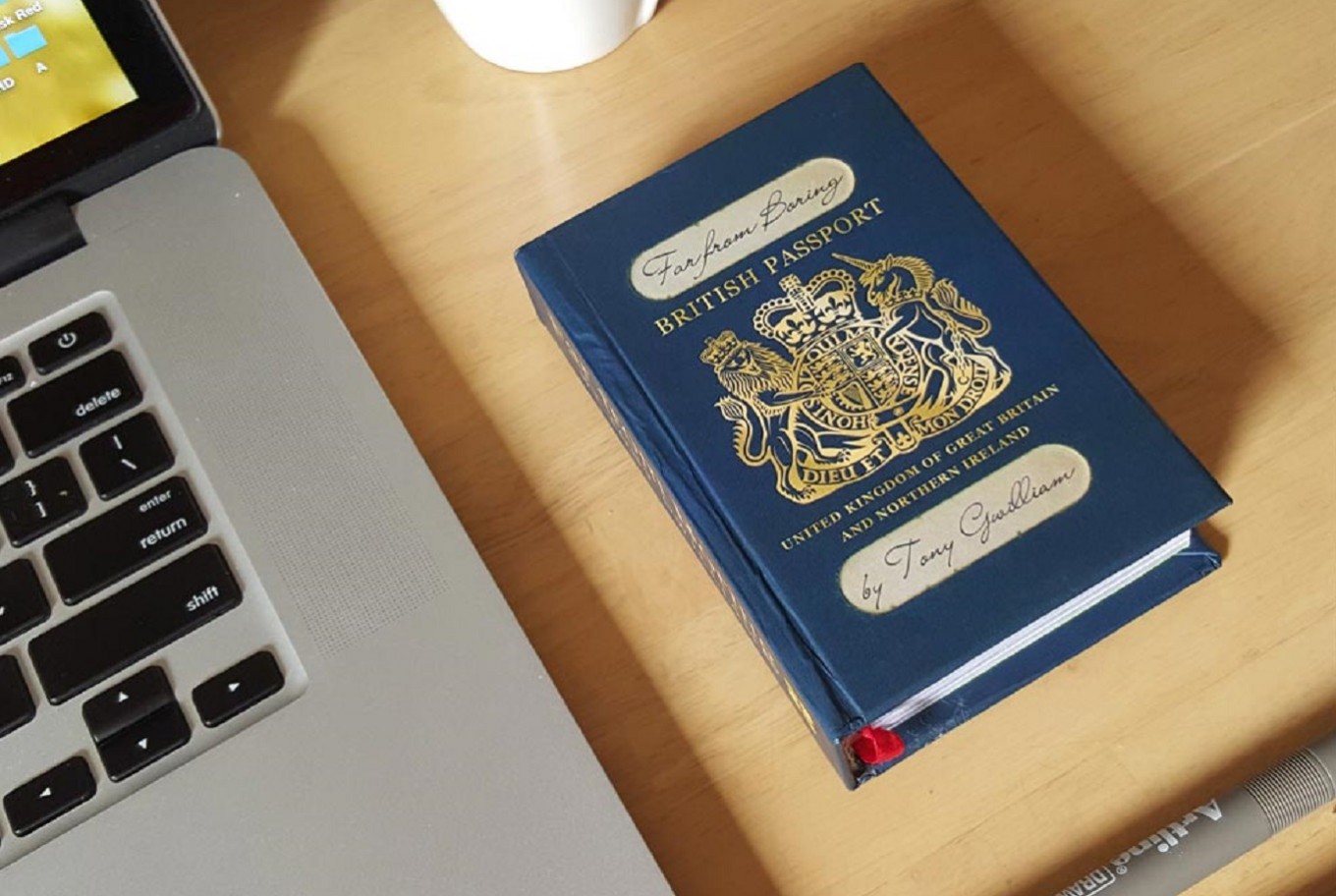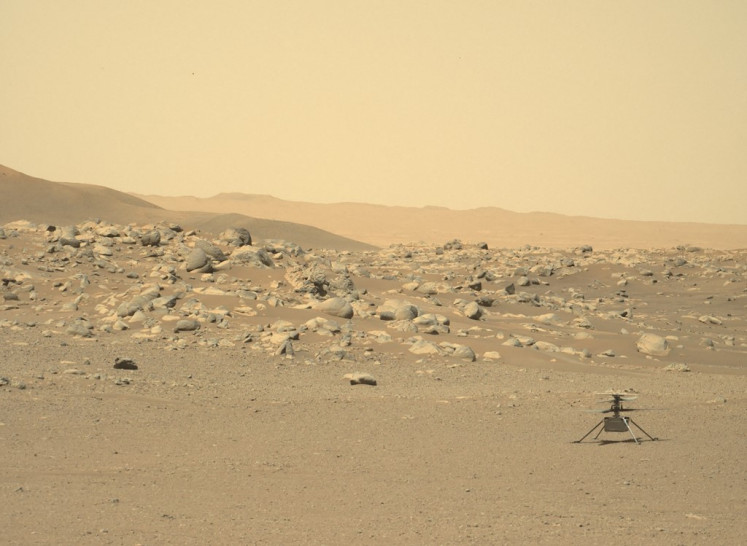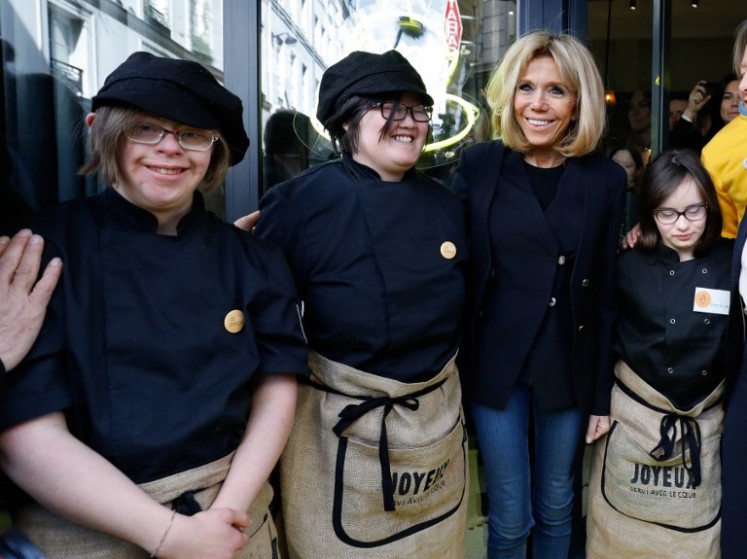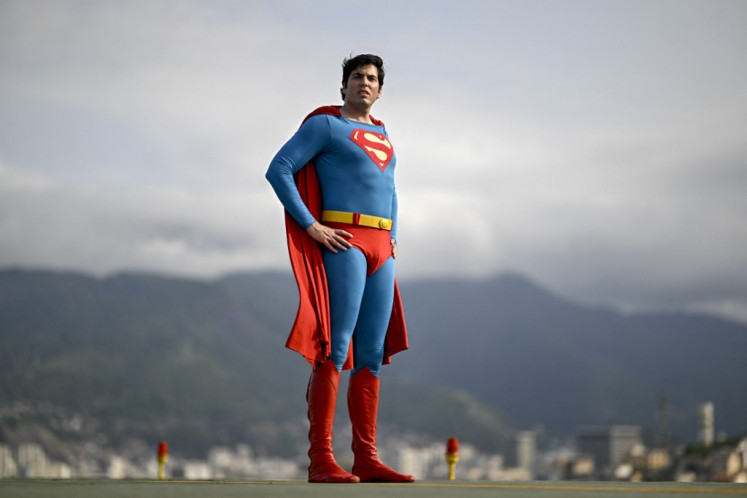Tony Gwilliam: Living a colorful, eco-friendly life
Tony Gwilliam’s earliest memories are of war-time Nottingham during the blazing Blitzkreig.
Change Size
 Tony Gwilliam’s earliest memories are of war-time Nottingham during the blazing Blitzkreig. (Tony Gwilliam/File)
Tony Gwilliam’s earliest memories are of war-time Nottingham during the blazing Blitzkreig. (Tony Gwilliam/File)
“I learned how to tell the difference between the sounds that German and English bombers made over the city. I remember food-rationing books, American orange juice and sausages in tins, vacant lots where a bomb had taken out a house and sirens to warn us to take cover in underground air-raid shelters,” he said.
Growing up in post-war England, he also remembers building Guy Fawkes bonfires, tobogganing at night, lemon curd tarts, the black soot of coal plants hanging heavily over the city, a period of frugal living where victory gardens were still being tended.
“That was my time in the trenches when I learned my ecological chops,” he likes to say.
Tony went on to lead a colorful life, taking his place among an extraordinary generation of artists, inventors and activist architects who approached the challenges of designing earth-friendly shelters with radically open minds.

His idiosyncratic book Far From Boring is about his work and travels all over the world.
The book is illustrated with drawings, photos and odd ephemera; part memoir, part philosophy, part futuristic musings, part sustainable living manual and part architectural manifesto for native construction techniques.
In 1962, Tony earned a degree in architecture at the Nottingham School of Architecture and later a Master of Science at the University of Southern Illinois, in the United States, in 1965 before beginning his career in London.
Previously in 1951, he attended the Festival of Britain where he discovered the marvels of three-dimensional geometry. These early influences set him on a course of designing innovative structures that were open, honest and had the ultimate aim of raising people’s consciousness.
“I traveled to Mexico to build schools, visited Tuscany, Nepal, China and Vancouver. In 1963, I embarked on a lecture tour and constructed inflatable structures in Australia,” he recalls.
“In 1967, I set out on the overland hippie trail from Australia to London where I took up a position at the UK’s Architectural Association. There we created the remarkable Mantainer, a giant portable inflatable dome which I dubbed a ‘suitcase for living’.”
In 1997, Tony traveled to Santa Barbara in the US and studied at the Buckminster Fuller Institute, founded by the innovative architect and designer of the same name, and worked on developing hoop-shaped apartments and suspension-based structures.
Using the superior tensile strength of new materials that gave greater structural support per pound, Fuller designed more housing than any architect in the world.
Today Fuller’s work can be seen in structures ranging from the Eden Project Biomes, playground jungle gyms and the geodesic domes of American hippie communes.
With Fuller’s daughter Allegra, Tony curated the Synergetic Webbing exhibit, which displayed the paintings, notes, mementoes and personal archives of the great visionary who enabled people to better understand the way he lived, felt and experienced the world.
In 1986 in Ojai, California Tony founded Tensegrity International and designed the prototype of the T House.
An amalgam of Zen Japanese and traditional Balinese design, this affordable and sensible dwelling was constructed of wood, bamboo with grass a roof plus a modicum of Western amenities in the kitchens and bathrooms.
“The timing was just right for these types of houses,” he explained.
“Like boats, they were planned in three dimensions with fold-down Kotatsu tables and minimal, multi-purpose spaces over and under staircases and sofas to incorporate built-in storage. These minimalist concepts foretold the contemporary ‘tiny house’ movement.”
Tony first visited in Bali in 1970 when there were few cars, very few phones, no copying machines and a mostly illiterate population that had developed a proud oral communication culture.
“I stayed in a Balinese homestay with no idea of what was happening around me. Strange offerings were offered every day, neon-colored rice cakes dried in the sun along the street,” he says.
“I traveled around in old beat up oplet, which picked up and dropped off passengers and their cargo on rough country roads, stopping to pay obeisance at sacred banyan trees.
“Spirits were still felt and sometimes their blue glow was seen. Upon returning in the evening, the family would know via bamboo telegraph all the places where I had been that day.”
Nowadays this septuagenarian Englishman with a ruddy face, white mane of hair and smiling eyes lives and works in the eco-lodge he built, the Bloo Lagoon Eco Village, which occupies an airy height on top of a peninsula overlooking a huge bay to the north of Padangbai in East Bali.
Tony can often be found in the resort’s crescent-shaped restaurant with stupendous views of Mount Agung.
Mixing old and new technologies, this organic village is a capsule representation of all of Tony’s most important principles of environmental sustainability.
The systems that Tony has championed his whole life now serve as a veritable checklist of environmentally friendly practices for both businesses and private residences.
“Install dual flush toilets, wash laundry with soap nuts or biodegradable detergents and use only plant-based herbicides and pesticides in your garden, grounds, ponds and pools,” he said when asked about what he could specifically recommend to reduce one’s carbon footprint.
“Filter used coconut oil from the kitchen for table lamps. Shop at pre-dawn local markets with locally made natural fiber baskets to eliminate packaging waste. Dry dishes by natural air flow on open drying racks outdoors,” he said further.
He went on to urge builders and homeowners to use LED lights and to take full advantage of Indonesia’s abundant natural lighting and airflow to supplement air-conditioning with fans.
With the aim of producing more energy than is used, distribute your surplus back to the local grid. Photovoltaic panels can provide daytime power for swimming pools.
Change electric pumps for solar electric pumps, electric water heaters to more economical on-demand gas heaters and store electricity in batteries that are more sustainable than using hydrogen fuel cells.
Saving water is another pressing issue for Tony.
“Throughout the islands of the archipelago, ground water tables are sinking and becoming contaminated with salt water,”
“During the wet season island residents should harvest rainwater. Collect gray water from showers and kitchens in recycling ponds to irrigate gardens in the dry season,”
“Pipe water from toilets to septic tanks which in turn overflow into gravel filled wastewater gardens, providing a nutrient rich environment for plants and fish. Minimize the use of concrete paving so that water is able to run back naturally into the ground.”
In Far From Boring you can read of his reminisces, triumphs, regrets and tributes to the hundreds of friends, lovers, students and teachers who made him what he is today.
The book fittingly ends with an image of Tony’s Youth Hostel Association card with a photo of a callow, eager youth at the very beginning of a long and productive life.









